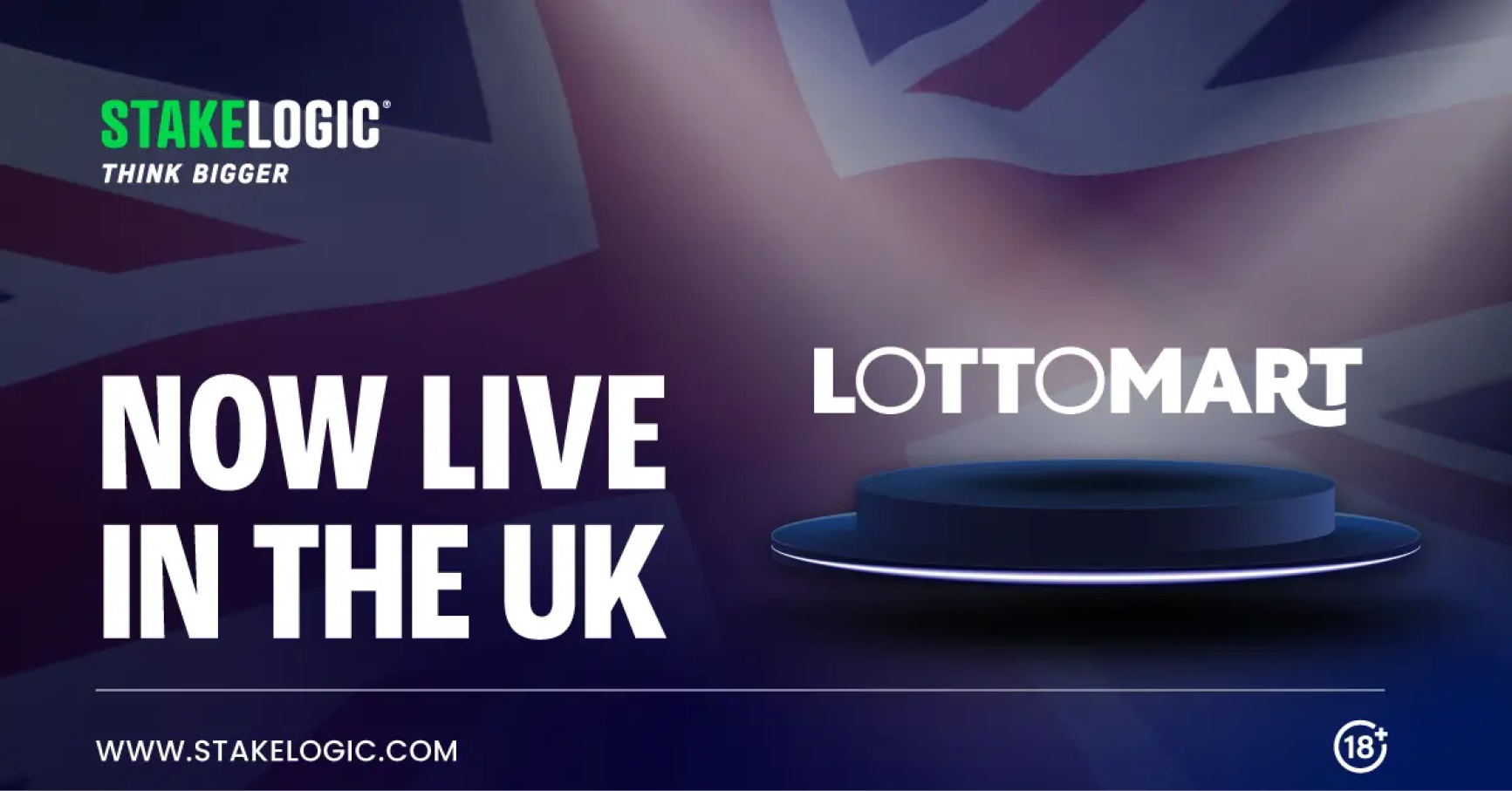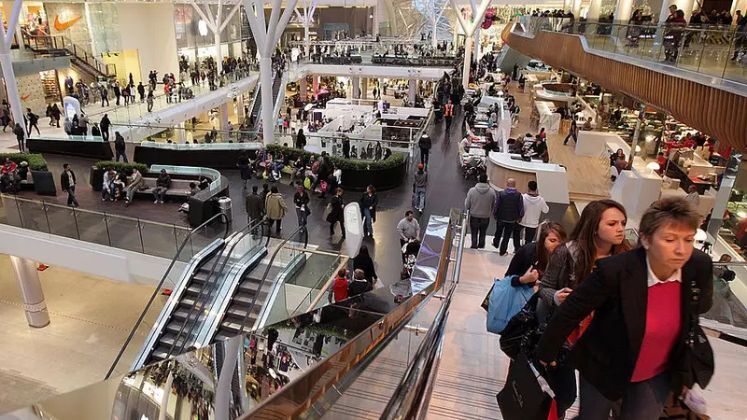Shopping
Gun shops that sell the most guns used in crime revealed in new list

Who sells the most guns used in crimes? List of gun shops revealed.
The federal government is increasing scrutiny of gun stores that sell the most firearms used in crimes with a list of shops who’ve sold guns used in crimes.
The federal government has stepped up its scrutiny of gun stores that sell guns used in crimes, with the number of stores singled out more than doubling in the past four years.
Which gun stores sell the most crime guns has been kept secret for more than two decades, since 2003 under the George W. Bush administration. But a Freedom of Information Act request from USA TODAY unearthed a glimpse of them and showed that the vast majority of guns used in crimes are sold by a small fraction of America’s gun shops.
Among the more than 1,300 outlets targeted in 2023 by the Bureau of Alcohol, Tobacco, Firearms and Explosives are many of the largest sellers – Bass Pro Shops and Cabela’s, Rural King and Sportsman’s Warehouse – along with some less well-known stores, such as Town Guns in Richmond, Virginia, and Ammo Bros in Ontario, California.
Gun stores connected to recent high-profile mass shootings also appear, including River City Firearms in Louisville, Kentucky, which sold the AR-15 style rifle used to kill five people and injure several others last spring, and Bud’s Guns in Lexington, Kentucky, which sold the rifle used in the Highland Park 4th of July shooting that killed seven and injured 30 others.
Bass Pro Shops in Denver, which sold a Glock handgun and a Remington shotgun involved in the mass shooting at an Aurora theater nearly 12 years ago, appeared on the most recent version of the list as well.
None of those stores or their corporate offices responded to requests for comment. But the chief gun store lobby criticized the release of the list as part of the Biden Administration’s “name and shame” campaign aimed at gun shops, instead of focusing on criminals.
The release of store names is “inappropriate and counterproductive,” according to the National Shooting Sports Foundation’s Senior Vice President Larry Keane. He questioned whether ATF broke the law by doing so.
“If shops are named publicly and there are negative articles suggesting they’re bad guys,” Keane said, “they won’t want to cooperate with the ATF as they’ve done in the past.”
The criteria for being included on the list is relatively simple: at least 25 guns traced to a crime over a year that were purchased within the past three years. It’s known in the law enforcement lingo as “time to crime.” A short period is an indicator of the illegal trafficking of guns.
The Trump administration increased that threshold from 10 in 2018 at the urging of the gun lobby.
Being listed leads to another layer of scrutiny by the ATF: Shops must submit additional quarterly reports on used firearm purchases to help expose the secondary market for guns used in crime.
But it’s also a warning to those shops: Criminals are targeting you for gun trafficking and straw purchasing – where people legally prohibited from buying firearms enlist a stand-in purchaser.
Tips to stay off the list: Gun control groups say small changes can stem the flow of illegal firearm trafficking
Gun violence prevention groups, which have pushed for years for more accountability for gun shops, said the release of the list should incentivize shops to get off of it.
“It’s notice that for whatever reason, you are being targeted by traffickers,” said Josh Scharff, legal counsel for Brady. “A responsible business person would say: ‘I don’t want to supply the criminal market, that’s not why I’m in this business.’”
ATF traces crime guns to first purchase
The ATF is responsible for “tracing” crime guns – taking the make, model and serial number and sifting through records to find the chain from manufacturer to first retail sale – to help police solve a crime.
ATF representatives are quick to note that being on their “Demand 2” list itself is not an indication of wrongdoing. Shops and pawn dealers in the program represent about 3% of the roughly 80,000 licensees nationwide.
“A number of factors, including geography, sales volume, secondary market transfers by an original lawful purchaser, and the level of sophistication of firearm traffickers, may be involved in a traced crime gun,” ATF spokeswoman Kristina Mastropasqua wrote in an email.
Not much is public about the source of crime guns, largely due to efforts by the gun lobby and a key congressional amendment known as Tiahrt.
Named after former Rep. Todd Tiahrt R-Kan., the 2003 law prohibits the ATF from releasing the trace data to researchers, members of the public, or even city and state officials not directly involved in the program.
The obscure Demand 2 program offers a window. The 24-year-old program popped into the public eye last April after Rep. Andrew Clyde, R-Ga., brought it up at a House subcommittee meeting with ATF Director Steven Dettelbach.
Clyde questioned whether crime gun traces are actually involved in “bona fide” crime since many tracing requests from local law enforcement to the ATF and ultimately gun sellers relate to guns that have been found by police or those stolen or possessed by people barred from having firearms.
What he failed to mention was that one of the two gun shops he owns, Clyde’s Armory, in Athens, Georgia, has been tagged with the added Demand 2 scrutiny after selling more than 25 guns since 2020 later traced to crimes, which the New York Times subsequently reported in August.
His shop also appears on the 2023 list provided to USA TODAY. Representatives for Clyde’s congressional office referred all questions to his campaign office, which declined to comment about the ATF program or his inclusion on the list.
Bass Pro, Dunham’s, Scheels are huge volume gun sellers
The list itself is largely a reflection of the nation’s largest gun sellers – but advocates say the time-to-crime weighting helps dilute the impact of volume alone.
Bass Pro Shops has 49 stores on the list – nearly a third of its outlets, including Cabela’s, in the U.S. Other large retailers: Turner’s Outdoorsman (64% of stores), Scheels (59%), Rural King (26%) Sportman’s Warehouse (21%), Dunham’s Sports (10%).
None of those companies responded to requests for comment.
Mark Tosh, president of a chain of Virginia gun stores, speculated that any retailer that sells more than 2,000 guns annually would appear on the list.
“It’s the law of averages,” he said.
Town Gun Shop stores in Richmond and Collinsville, Virginia, are on the ATF list. Tosh blamed a large volume of sales and his decades in business. The two shops, he said, together sell thousands of guns a year. He also expressed no qualms about working with the ATF to track down crime guns.
“Our belief is when you buy a firearm you are a law-abiding citizen with good intent,” he said. “It doesn’t always work that way, so we don’t mind doing our part to trace firearms. It’s priority No. 1 when the tracing center calls.”
Stopping straw purchasers is a challenge, he said, noting that his staff recently flagged a buyer for whom law enforcement had made three consecutive trace requests.
“I had a conversation with that man, thanked him for his business, but said we had to protect him, our staff and our shop and wouldn’t sell to him anymore,” Tosh said. “I personally train my 24 employees to look for straw sales and everyone is empowered to terminate a sale.”
The ATF’s most recent nationwide gun tracing analysis showed that pistols were by far the most common type of gun tied to crime, about three-quarters, as opposed to rifles, revolvers, or shotguns. That likely explains some of the notable omissions on the Demand 2 list, like Walmart, which suspended handgun sales in 1993 before it also stopped selling some rifles like the AR-15 in 2019.
The most common manufacturers of pistols traced to crimes are Glock, Smith & Wesson, Taurus and Sturm Ruger, representing more than half of the pistols traced. Overall, the most traced firearm is the Glock 9 mm pistol, with nearly 130,000 guns traced to crime between 2017 and 2021.
In general, Keane – with the gun industry lobby – said the Demand 2 program is an effective tool for regulators to trace more used guns. He said the industry is doing its part, pointing to the National Shooting Sports Foundation’s longtime “Don’t Lie for the Other Guy” campaign to prevent straw purchasing, as well as training for members in best practices.
But publicizing the Demand 2 list, he said, is misleading.
“The fact you’re on the program doesn’t mean you’re a bad dealer or anything like that. It just means you fit within the parameters,” Keane said. “No one in the chain of commerce knows specifically why a firearm is being traced, it’s just that it was traced.”
Nick Penzenstadler is a reporter on the USA TODAY investigations team. Contact him at npenz@usatoday.com or @npenzenstadler, or on Signal at (720) 507-5273.










